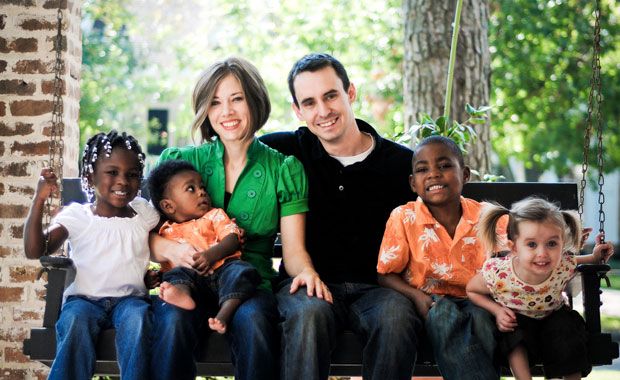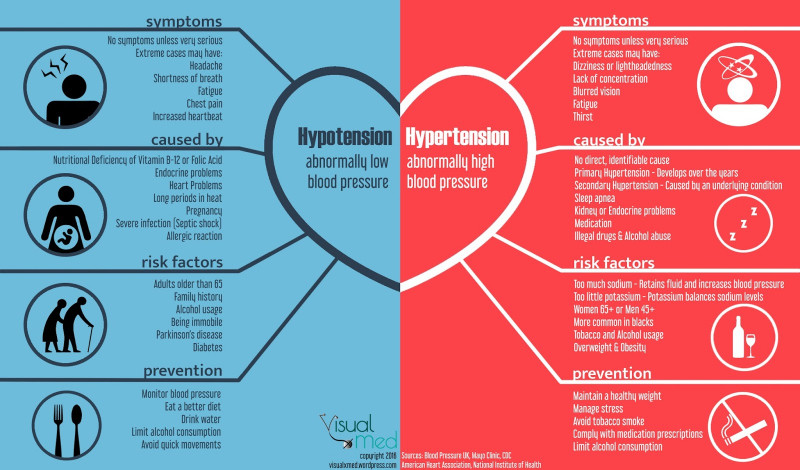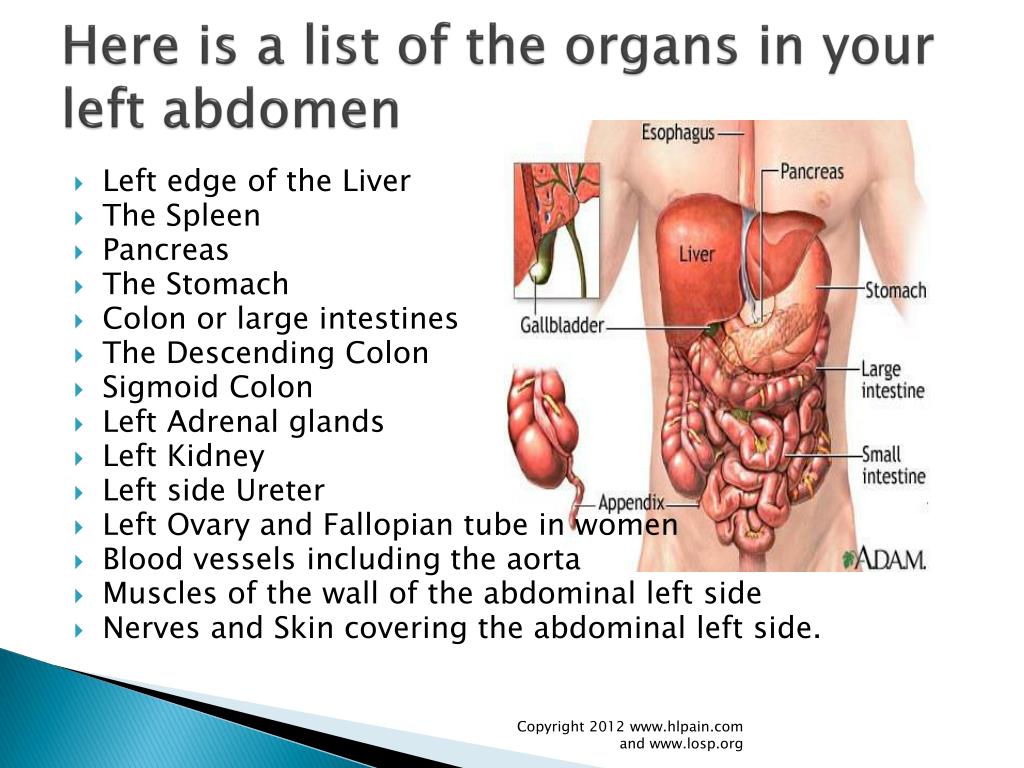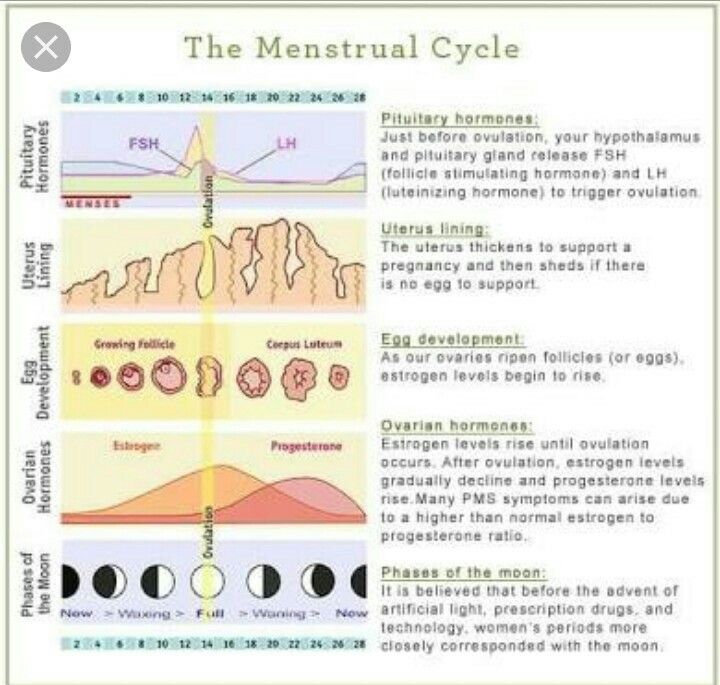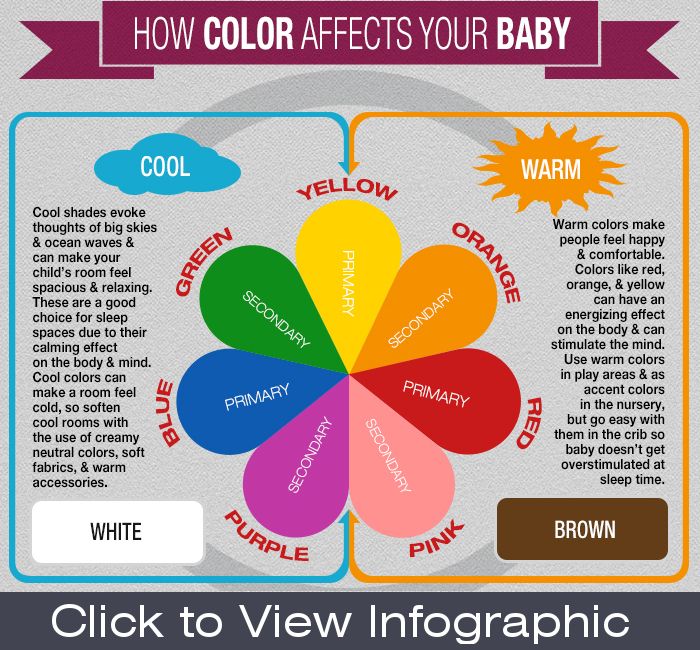How much is it to adopt a child from america
Average Adoption Costs — How Much Does It Cost to Adopt
Because of several serious health conditions, Leah Atkins knew that when she and her husband were ready to expand their family, adoption was the way to do it.
Atkins, an interior designer in Lawrenceville, GA, says she and her husband carefully chose an adoption agency that felt like a good fit for them, but they also wanted an agency that focused on the birth mother during and after the adoption. They found the agency and the birth moms, and now the couple has two children.
While they planned for the adoption costs, the numbers still shocked them. “We knew that it wasn’t cheap, but we had no idea just how expensive it truly was,” said the mom-of-two. “A lot of it goes towards legal fees, which is understandable, but can still be frustrating.”
While talking about adoption costs can be uncomfortable, Atkins said it’s necessary. “Bringing money into any conversation about adopting a human child sure makes it feel taboo. I think it is important for all parties involved in adoption to educate themselves thoroughly as well as see a therapist to work through any emotions that come up during the process.”
Average adoption costs can vary greatly based on the type of adoption and circumstances around the adoption. If you are considering adopting a child, these are some of the costs you can expect so that you can begin planning for your family’s future.
The three types of adoption
There are three routes to adopting a child:
- Domestic Adoption: Adopting an infant in the United States
- International Adoption: Adopting a child from another country
- Foster-to-Adopt: Adopting a child from the foster care system
“Researching the various types of adoption is an important part of beginning the adoption journey,” said Rita L. Soronen, President and CEO of the Dave Thomas Foundation for Adoption. “The costs of each kind of adoption differ widely. It is important to know that there are also many options for financial assistance for families hoping to adopt and that understanding these options can go a long way toward alleviating the worry about cost.”
It is important to know that there are also many options for financial assistance for families hoping to adopt and that understanding these options can go a long way toward alleviating the worry about cost.”
Cost of a domestic adoption
According to the Child Welfare Information Gateway from the U.S. Department of Health and Human Services, the average costs of adopting a child in the United States is between $20,000 and $45,000. This price can cover legal fees, home studies, travel and lodging, court fees, and medical and living expenses for the birth parent. Soronen said it’s important to get clarity from the adoption agency or the attorney involved on specific costs prior to making a commitment.
Parents can expect a private adoption agency to be more expensive. However, some agencies will offer a sliding scale based on the adoptive parents’ income.
For an independent domestic adoption, parents find the birth mother without an agency and use an adoption lawyer to facilitate all of the legal aspects and paperwork.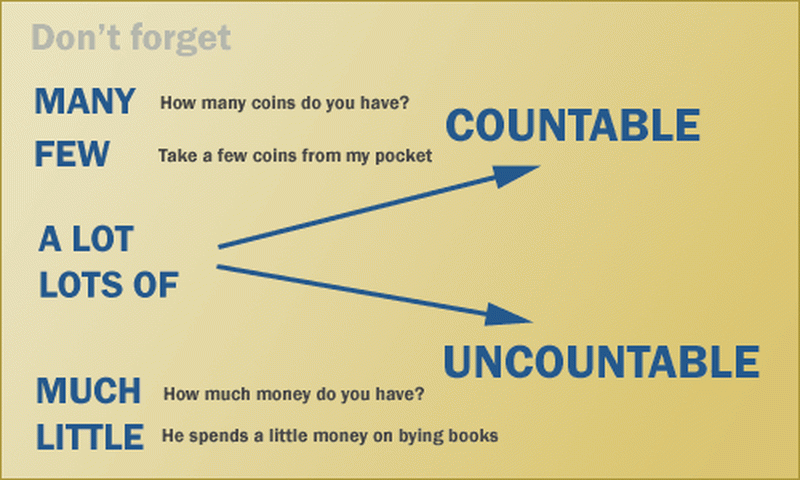 Costs can range from $15,000 to $40,000, according to the Child Welfare Information Gateway.
Costs can range from $15,000 to $40,000, according to the Child Welfare Information Gateway.
Adoption costs by state may differ since adoption laws vary state to state.
Cost of an international adoption
Depending on the country of adoption, international adoption costs will vary greatly. Parents should plan to pay between $20,000 and $50,000 for an international adoption, according to the Child Welfare Information Gateway.
Be sure to budget for multiple trips to the country before and during the adoption process and add the extra expenses of travel and hotel costs.
Cost of adoption through foster care
Morgan Lampp and her wife Mara Hill dreamed of adopting a baby and were surprised to learn that in their home state of Florida, foster care adoption costs were almost nothing. “Through our adoption classes it was very clear that there would be little to nothing out of pocket with our adoption,” says Lampp. “The classes, home study, fingerprints and background checks — all covered. Even our lawyer costs for adoption were covered in full.”
Even our lawyer costs for adoption were covered in full.”
While every state has different rules and fees associated with adoption through foster care and every case is different, for this couple, the process moved very quickly. “Last year we had our home study completed and within a month we were matched with our baby Kai. She was officially adopted by us at the end of May,” said Hill.
According to Soronen, here’s what prospective parents need to know about adoption through foster care:
Adoption from foster care entails working with the public child welfare system and their contract agencies.
Since the agency holds custody until they are adopted, most of the fees are the responsibility of the public system.
There are some costs that can occur, including home studies or other out of pocket fees, but these are typically reimbursable and range from $0-$3,000.
Children adopted from foster care often qualify for state or federal subsidies that follow the child through age 18 or in some circumstances until age 21.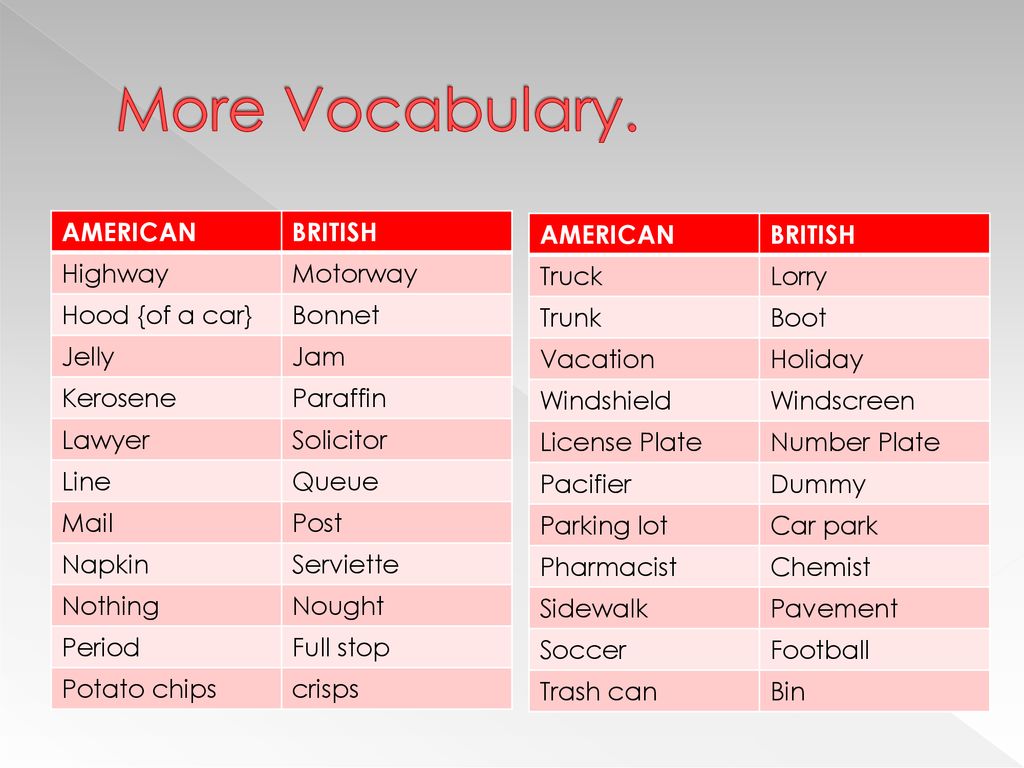
Many states also offer educational vouchers for youth adopted from foster care. This can include college or trade schools.
New parents Lampp and Hill said they hope adoption through foster care is one that more hopeful parents will explore. “We encourage anyone interested in adopting because these children need a safe and loving environment, and a forever family. If money is something stopping you, know that this may be a route for you.”
Unexpected adoption fees
Even with careful planning, there may be additional fees and expenses that prospective parents should budget for during the adoption process. “Depending on the circumstance and age of a child when adopted, there may be a need for post-adoption medical or mental health assistance,” said Soronen.
There may also be legal fees to consider. “Since adoption is a legal exchange, families may want to consider engaging an attorney, even if one is not required, to assure that all aspects of the adoption are handled appropriately.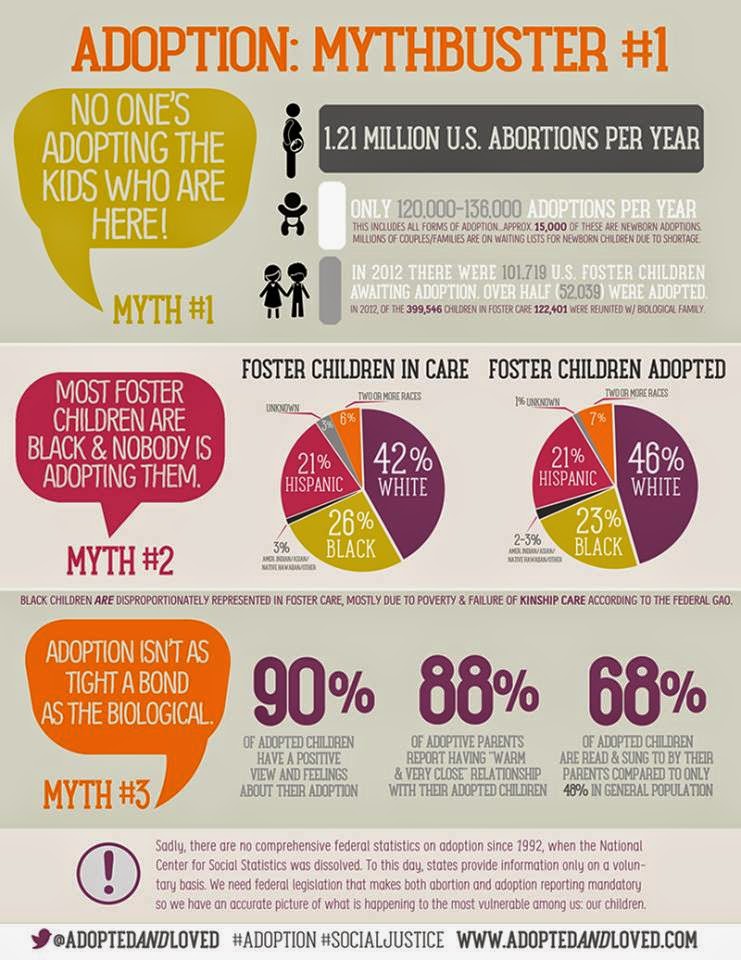 ”
”
How to pay adoption costs
While the cost of adoption can be expensive, there are a variety of ways to save and pay for adoption, including:
- Federal and state subsidies for foster care adoption
- Loans and grants for individuals
- Employer benefits
- Military reimbursements
The bottom line
“The adoption journey is one that, in the end, joyfully creates or expands a family and provides a child a permanent and loving home,” says Soronen. “Although costs can be a challenging part of that journey, there are multiple options and supports available.”
American Adoptions - What is the Average Cost of Adoption?
Adoption is a life-changing and beautiful decision. As with most big decisions, you are likely balancing many thoughts as you begin the adoption process.
Learning more about the adoption process can help you decide where it is best to invest your money, and well-thought-out preparation can put a hopeful adoptive family in the right place to successfully handle the average cost to adopt a baby.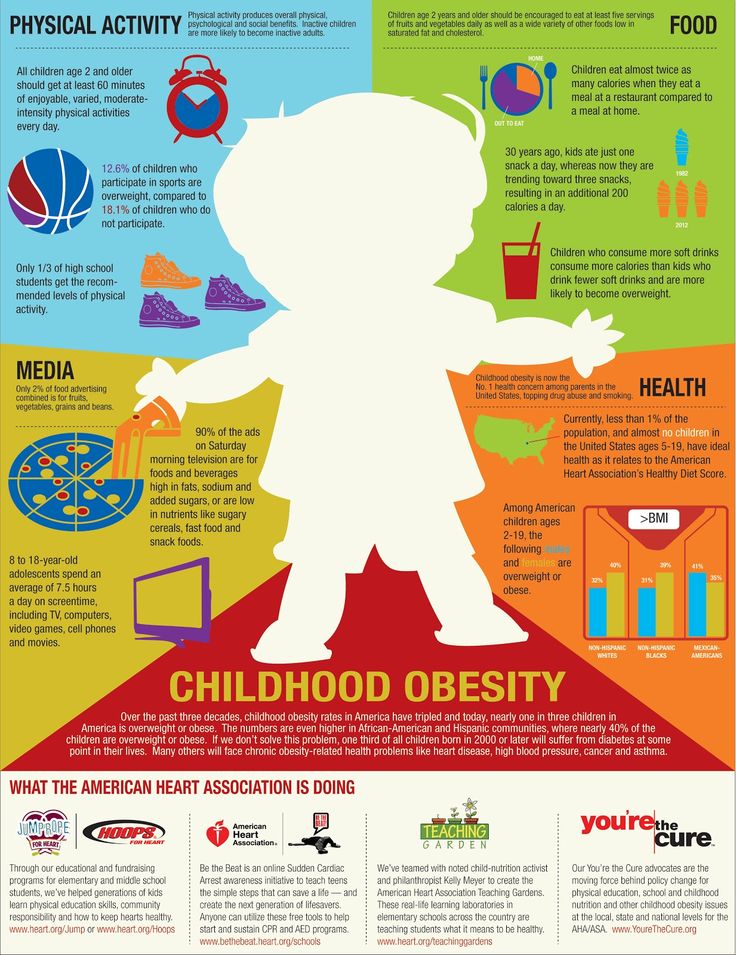
That’s why we created this guide to the average cost of an adoption—so that you can get the expert help you need to make the difficult steps of your journey successful, and decide how to plan financially.
We’re going to break the costs down here, but you can also call American Adoptions at 1-800-ADOPTION or click here for more information from a professional.
If you're a birth mother reading this and searching for information on costs for placing your child for adoption, you can click here to connect with a professional today. You can quickly learn about what choosing adoption means for you and how you are eligible for financial assistance for pregnancy-related expenses.
What is the Average Cost of an Adoption?
The average cost of adoption is dependent on several variables, like the type of adoption, the adoption professional and other unique details of your situation. Each of these factors can influence typical adoption costs. Additionally, for families adopting a baby through a private agency, the current actual expenses of giving birth and completing the adoption process at the time you adopt will influence the overall cost.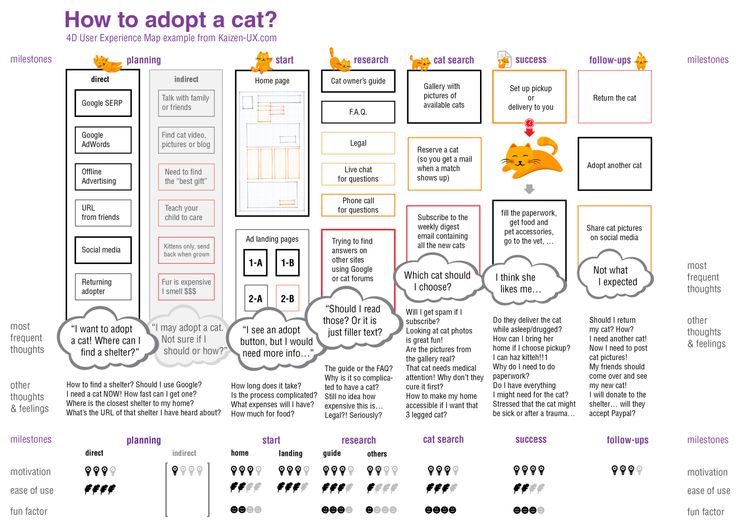
The best way to find out our most updated average cost of adoption in the U.S. is to contact our adoption professionals at 1-800-ADOPTION.
What Makes Up the Average Adoption Cost?
A lot of work goes into a successful adoption. There are attorneys, physicians, courts, social workers, administrators, advertisers and more involved in the adoption process. Each of these professionals plays a vital role in the process, and they must work in harmony for each step of your adoption to be successful.
The average cost of adoption is made up of several key categories, with each playing a vital role in a successful placement.
Adoption Agency Fees
In most cases, a hopeful adoptive family will work with an adoption agency. While there are different types of adoption agencies, each will have fees associated with the adoption services it provides. These fees go toward the foundational functions of an agency, like staffing, office space, supplies and more.
These fees will also including things like
- Screening and counseling for prospective birth mothers
- General case management throughout the process,
- Adoption education and support, and
- Adoption advertising, which is how the agency works to find the right adoption opportunity for an adoptive family.

Each agency has different fees, and the way an agency structures its costs can impact the average cost of adopting a child with that professional.
When you’re considering different agencies, you should look for a fixed fee structure and ask whether or not the agency has expiring contracts. Agencies without fixed fees, or with contracts that expire, are more likely to unexpectedly increase your cost of adoption.
Variable Adoption Costs
These are typical adoption costs that can change based on each individual adoption situation. Variable costs are largely made up of expenses to support the prospective birth mother. These expenses are court-approved based on the adoption laws of the prospective birth mother’s state. There are several types of variable expenses that could come up in an adoption.
- Legal: The adoption process is guided by laws and regulations. There are piles of paperwork and potential court appearances involved, and an adoption attorney is necessary to navigate it all.
 The legal costs of the adoption, which can vary from case to case, are included in the typical adoption costs.
The legal costs of the adoption, which can vary from case to case, are included in the typical adoption costs. - Medical: There are many medical expenses for the prospective birth mother and baby during the adoption process. In some cases, the bulk of these expenses can be covered by Medicaid or other insurance. However, the remainder of the bill falls into the variable adoption costs that can affect the average cost of adoption in the U.S.
- Living: Living expenses help subsidize a prospective birth mother’s financial needs during pregnancy, if necessary and allowed under state law. This type of adoption expense can vary significantly from case to case, but it is something that all hopeful adoptive parents will need to account for.
Variable adoption costs are the primary reason that most adoption agencies will quote adoptive families a range of average adoption costs rather than a hard number.
However, it is uncommon for any of these expenses to skyrocket and cause the average cost of adoption to jump significantly from the initial estimate.
What Is the Average Cost to Adopt a Child with American Adoptions?
American Adoptions’ average cost of domestic adoption is in line with national averages, and we can help you tailor your budget to your needs. To get the most up-to-date average cost of adoption with our program, contact us today.
We pride ourselves on being transparent about costs upfront with any hopeful adoptive parents and on providing the best possible services in return.
As a fully licensed national adoption agency, we work across the country to keep wait times down. Our team of specialists is always responsive to the needs of adoptive parents, and our media team helps create adoptive family profiles and videos to find the perfect adoption opportunity with a prospective birth mother.
How Can I Prepare for the Average Cost of an Adoption?
Most people don’t have tens of thousands of dollars lying around. Being able to afford the average cost of adoption takes planning and preparation. Start budgeting early on if you believe adoption is right for you. Keep in mind that American Adoptions has ways to help you stay within your adoption budget, and you can always speak with your adoption specialist about this.
Start budgeting early on if you believe adoption is right for you. Keep in mind that American Adoptions has ways to help you stay within your adoption budget, and you can always speak with your adoption specialist about this.
There are also adoption grants available from many different organizations. As hopeful adoptive parents, you can apply for these grants and loans to help ease the financial burden associated with the adoption process. While no one is giving grants that equal the average cost of an adoption, these grants can still be a big help.
To learn more about the average cost of adoption, you can click here to get more free information.
If you're a prospective birth mother and you need information on adoption and financial assistance, get connected to a professional by completing this form.
Disclaimer
Information available through these links is the sole property of the companies and organizations listed therein. America Adoptions, Inc. provides this information as a courtesy and is in no way responsible for its content or accuracy.
Adoption process in the USA - Immigration to the USA
Family is, of course, one of the main values in a person's life. However, unfortunately, not all families can have a child. Moreover, there are a huge number of children in the world who are deprived of parental love and affection. Therefore, adoption is a great option for many to find a long-awaited family.
Adoption of children from other countries is in great demand in the USA. According to USCIS statistics, there are about 5,000 international adoptions a year in the United States. The reasons for this are the desire of Americans to help children from underdeveloped and economically unstable countries and give them a chance for a brighter future. In addition, at the moment, many are striving to create multicultural families. Well, an important factor that pushes families to international adoption is the huge competition and the duration of this procedure in the United States.
Most often, American families adopt children from China, Congo, Russia, Guatemala, South Korea, Ethiopia and Ukraine.

International adoption procedure
Undoubtedly, international adoption is a very long and difficult process. In order to adopt a child from another country, you first need to obtain an adoption permit. The United States Citizenship and Immigration Services (USCIS) is handling this matter. It determines the suitability of potential adoptive parents and verifies children's immigration eligibility.
However, international adoption is also governed by the laws of the child's country of residence. Accordingly, before you decide to adopt a child from a certain country, be sure to check its requirements for international adoption.
In general, there are 3 immigration processes for a child in case of intercountry adoption . And in order to adopt a child from another country, you need to fulfill all the requirements, in accordance with the chosen process.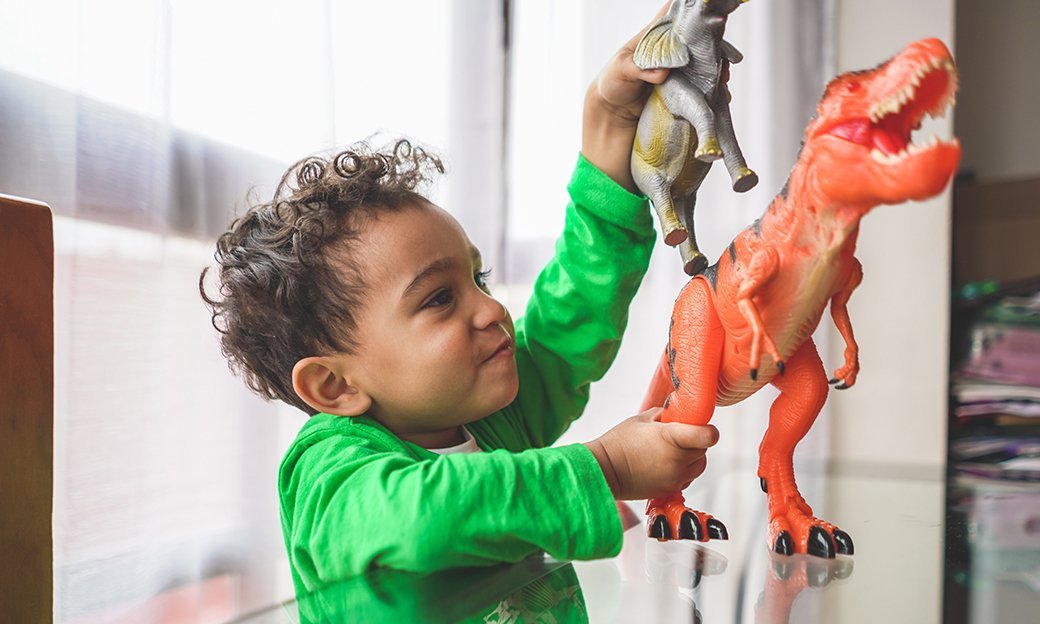
1.
The Hague Adoption ProcessFirst of all, Since 2008, the United States has been a party to the Hague Convention on Intercountry Adoption . It includes more than 100 states. Therefore, if the child's country of origin is included in this list, you can use this circumstance when adopting.
2. Orphan adoption process
Basically, this adoption procedure is for orphans from countries that are not parties to the Hague Convention. In this case, you need to officially prove the child's orphanhood.
It should be noted that in the first two cases the potential parents of the adopted child must be US citizens over 25 years of age. In addition, parents will need to provide proof of housing and material conditions, as well as a number of other checks , before the official permission to adopt.
3.
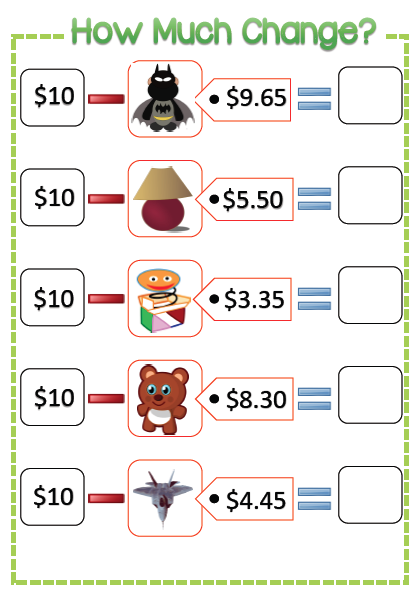 Adoption of relatives
Adoption of relatives It applies to US citizens and permanent residents who intend to adopt a child through kinship. At the same time, the child at the time of adoption must be under 16 years old (or up to 18 years old if the adopter is a biological brother and sister). In addition, you must have 2 years of physical and legal guardianship.
Immigrant visas for adopted children
Moreover, if you are adopting a child from another country, after the process is completed, he will need an immigrant visa to enter the United States.
Generally, there are several types of immigrant visas for adopted children :
1. For children from countries of the Hague Convention
- IH-3 visa: is issued to fully adopted children.
- IH-4 visa: for children coming to the United States for adoption.
2. For children from countries that are not members of the Hague Convention
For children from countries that are not members of the Hague Convention
- Visa IR-3: after full and final adoption abroad.
- IR-4 Visa: Issued if the child: is coming to the US for adoption; was adopted by only one of the parents (if they are married).
3. Adoption by Kinship - IR-2 visa.
US citizenship procedure for an adopted child
First, children who come to the US on the basis of visas0006 IR-3s and IH-3s automatically acquire US citizenship. However, the child must be under 18 years of age to enter the United States.
Second, children with IR-4 and IH-4 visas do not receive citizenship upon arrival, but become US residents. Therefore, they automatically receive a permanent resident card (Green Card). Once the adoption process is completed, only then can they acquire US citizenship.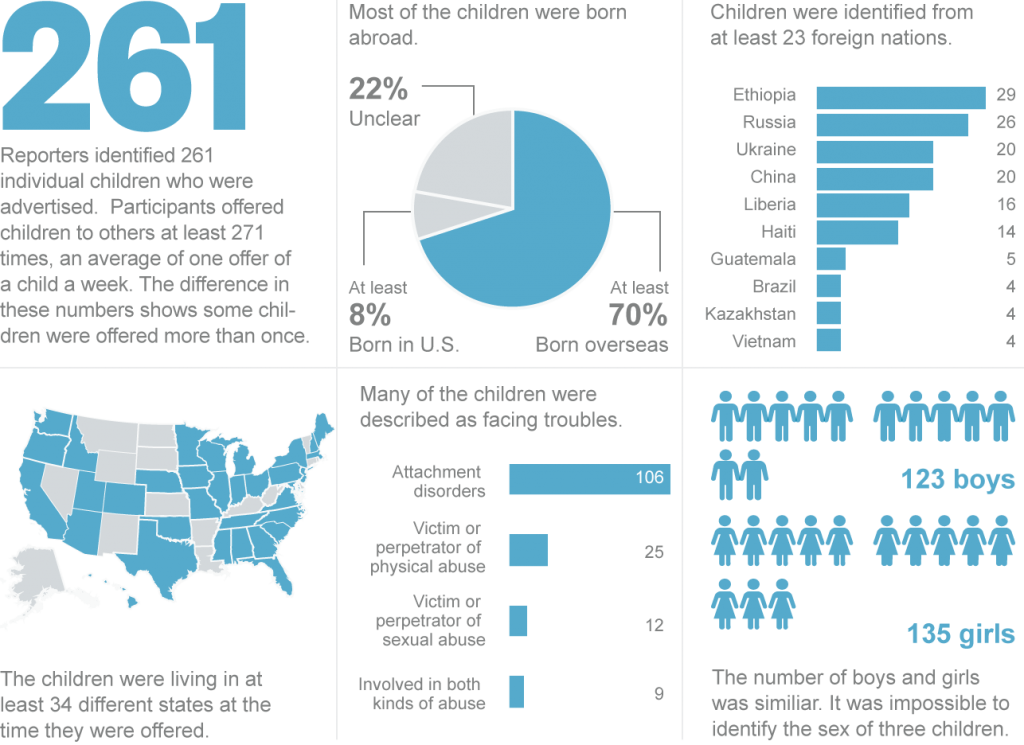
Third, for adopted children with an IR-2 visa, there are several options. Basically, they receive American citizenship automatically. However, there are cases when a child receives a green card.
Adoption period and costs
Generally, the adoption process takes one to four years. Many factors influence this. Usually, the period depends on the laws and procedures for adoption in the child's country of origin.
Regarding the cost of international adoption, everything is individual here. In most cases, the cost is approximately 30-50 thousand dollars.
What do adoptive parents get in the USA - Newspaper Kommersant No. 34 (5066) dated February 26, 2013
11K 4 min. .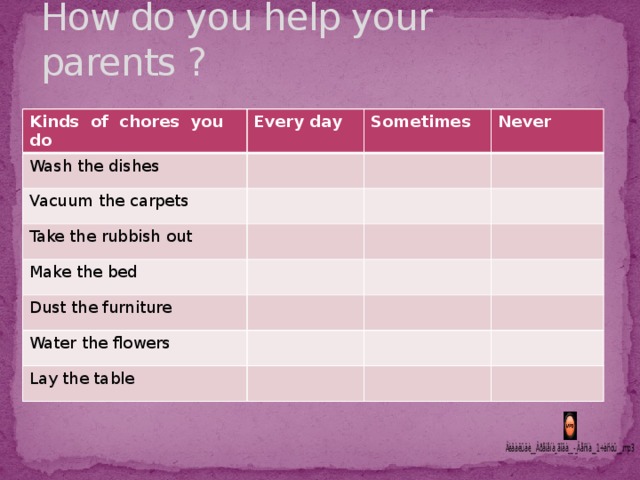 ..
..
In the US, laws have been in place for many years to encourage foster care for children without parental care. "Kommersant" found out how this affects the solution to the problems of orphanhood.
Previous photo
A photo: Kommersant / Alexander Miridonov / buy photo
A photo: Kommersant / Dmitry Lebedev / buy photo
A photo: Kommersant / Oleg Harseev
Next photo
one / 3
A photo: Kommersant / Alexander Miridonov / buy photo
A photo: Kommersant / Dmitry Lebedev / buy photo
A photo: Kommersant / Oleg Harseev
When Jim and Jill Folstrom returned to Indianapolis, Indiana last fall with their two-week-old Texas adopted child, Eli Lilly & Co, where they had worked for more than five years, decided to partially reimburse them. The adoptive parents were given a check for $10,000 covering half of the costs of adoption. In addition, the Folstrom family was given a week of fully paid vacation. After that, Jill was able to go on four weeks of unpaid leave, which is usually given to mothers in the US after giving birth.
The adoptive parents were given a check for $10,000 covering half of the costs of adoption. In addition, the Folstrom family was given a week of fully paid vacation. After that, Jill was able to go on four weeks of unpaid leave, which is usually given to mothers in the US after giving birth.
According to a study conducted by the consulting company Hewitt Associates back in 1997, more than a quarter of employers considered it necessary to at least partially reimburse their employees for the costs of adoption. Among the main reasons, employers usually cite the high cost of adoption compared to conventional births. In the US, the vast majority of companies provide health insurance to their employees, so that the costs of medical care during pregnancy and childbirth are compensated by insurance companies. According to experts at the National Adoption Center, this is not charity. In exchange for financial assistance, companies get the opportunity to maintain the loyalty of employees.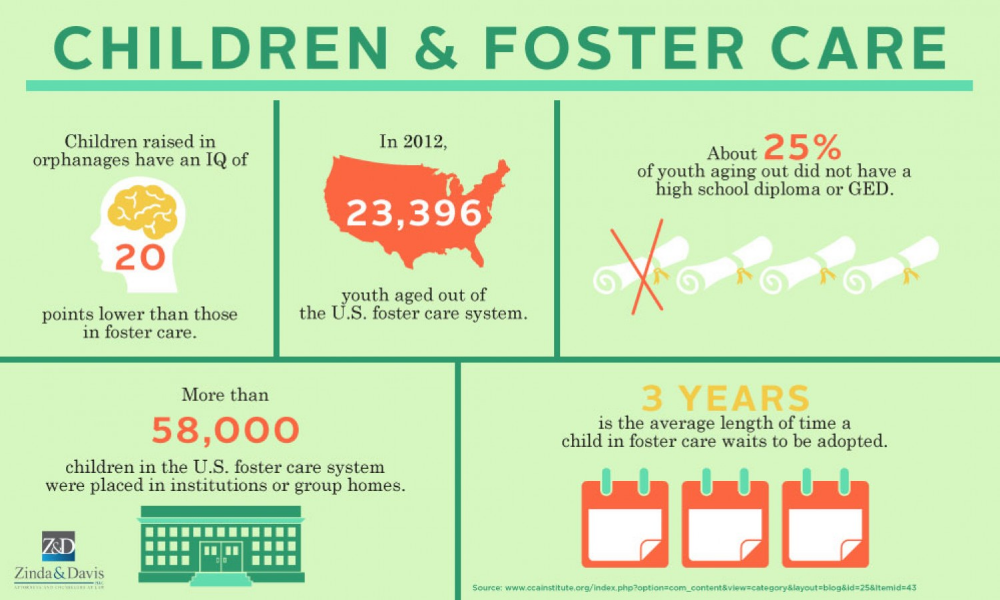
In addition, according to US tax law, the state partially compensates adoptive parents for the amount spent on adoption. In accordance with the American Taxpayer Relief Act of 2012, passed by Congress on January 2, this relief is permanent and cannot be revoked. Today, taking into account payments to the federal budget, as well as to the budgets of the city and state, the average tax rate in the United States is 36%. In the case of an adoption, the family receives a tax credit of $12,970 for each adopted child and can deduct this amount from the annual return. The amount can be reduced by 30% if the family earns more than $194.5 thousand per year. Tax breaks do not apply to those whose income exceeds $ 234.5 thousand. In addition, the adoptive family can apply to the tax authorities with a request to take into account the costs directly related to the adoption process. In this case, the costs of preparing the necessary documents, paying for agencies and lawyers, travel and payment of court fees and charges will be deducted from the taxable amounts.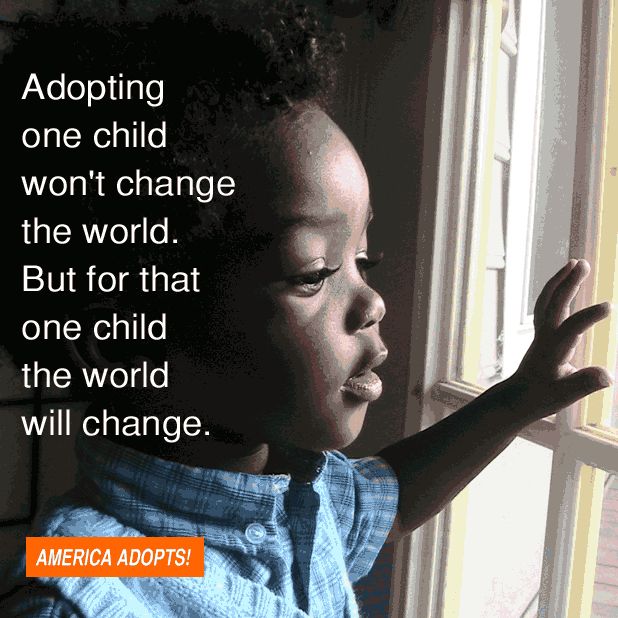
When it comes to adopting a child who needs medical or psychological assistance, adoptive parents can deduct more serious amounts from their tax returns. The authorities of most US states provide benefits of up to $25,000 to such families.
US foster care benefits are available in all states. They fall into several categories. According to the National Adoption Center, the adoption process costs adoptive parents between $10,000 (in the case of a child born in the United States) and $50-60,000 (in the case of a foreign adoption). There are national and regional waiting lists that list all pregnant women who, for various reasons, decide to abandon their unborn child. If, immediately after the birth of the child, the mother confirms that she is ready to give him up for adoption; authorities inform potential parents. The wait may take several years.
Federal assistance to adoptive families is covered by the Adoption and Safe Families Act of 1996. According to this document, state authorities have the right to determine whether a foster family needs financial and medical assistance.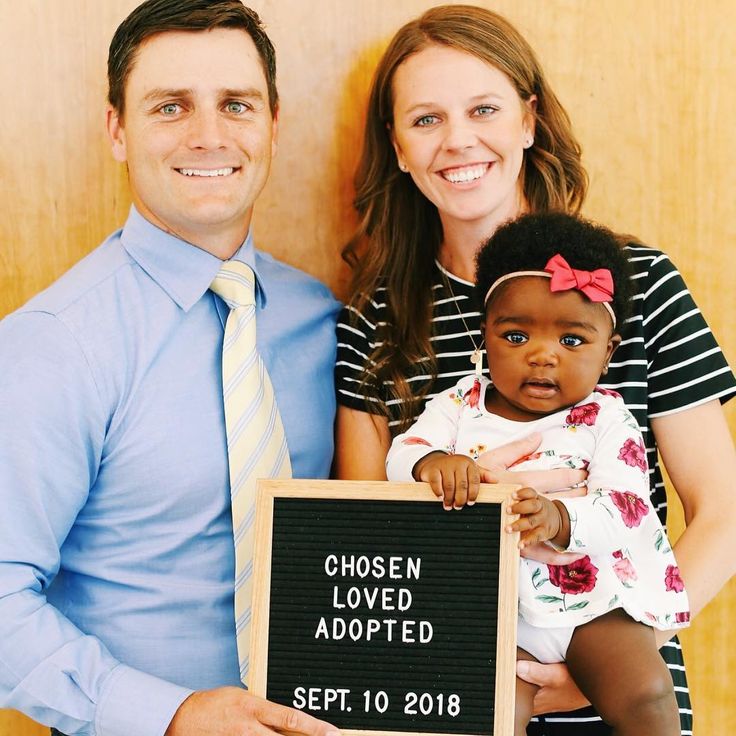 If the family income is deemed insufficient, then at the beginning of the adoption process, potential parents receive assistance in the amount of $200 to $2,000 to prepare the necessary documents and attend preparatory seminars.
If the family income is deemed insufficient, then at the beginning of the adoption process, potential parents receive assistance in the amount of $200 to $2,000 to prepare the necessary documents and attend preparatory seminars.
Social Services can help families get up to $50,000 in interest-free loans to help with adoption costs. Doctors have determined that until the age of 18 (or 21 in some states) a child may be eligible for free Medicaid, whether or not the parent's health insurance covers these costs.
Separate benefits for military families. If a child is adopted by such a family, the law provides for a one-time payment of up to $5,000 for each child. In addition, servicemen who decide to take sick children into their families are entitled to a monthly payment of $1,000. State employees also receive a one-time compensation of $5,000. In a number of states, similar benefits are provided for foster families. Usually in such families the child spends from one to three years.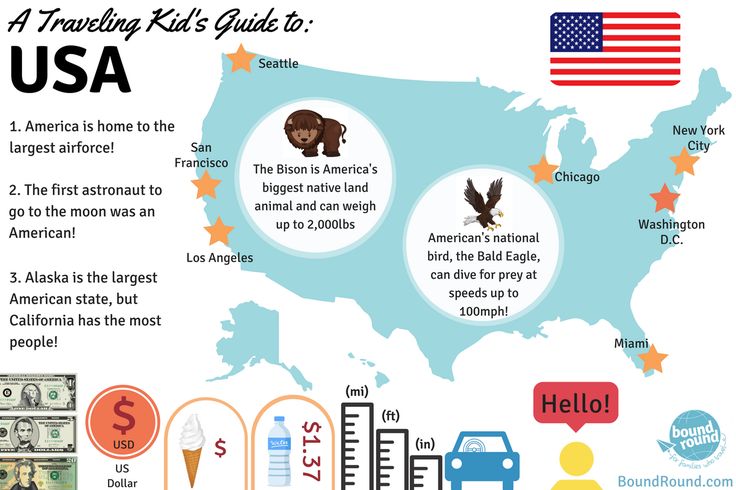 The authorities compensate "temporary" parents for the cost of clothing, food and education for their children. The average monthly check is $300-800, but can be significantly increased if the child needs expensive medical care.
The authorities compensate "temporary" parents for the cost of clothing, food and education for their children. The average monthly check is $300-800, but can be significantly increased if the child needs expensive medical care.
In each case, a parent's request for financial assistance will be reviewed by State Social Services. Payments are mandatory if the child has a serious illness, was adopted over the age of six, or belongs to an ethnic, racial or religious minority.
In 2001, more than 40 states in the United States passed legislation making tuition free for adopted children at state and community colleges and universities.
There are now 401,000 children left without parental care in the US, the lowest number in 20 years. The vast majority of these children live in foster families. According to the US Bureau of Children's Affairs, if in 2003 there were 130,637 children awaiting adoption, in 2011 this figure was 104,236 people. The average age of orphans is seven years old, 40% are white, 28% black and 22% Hispanic.